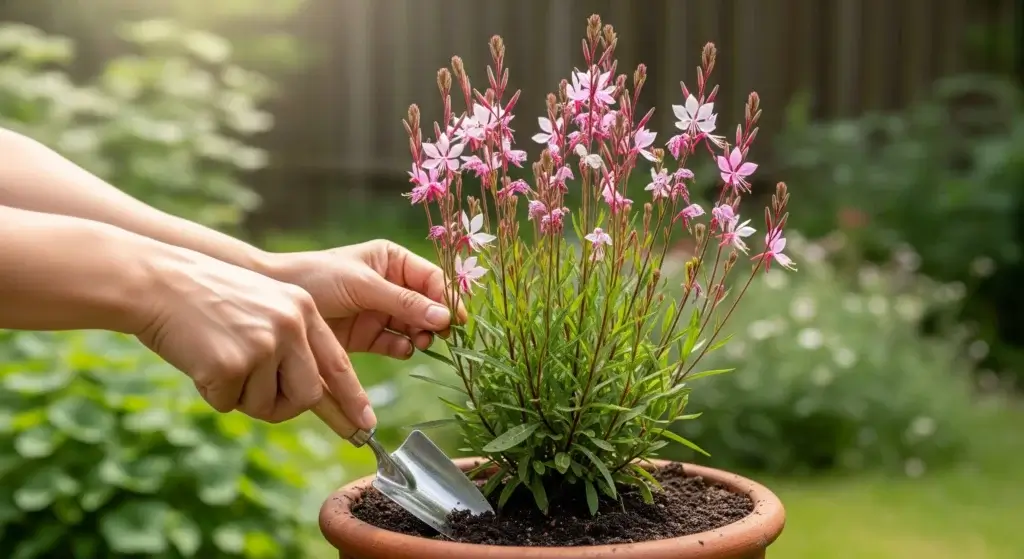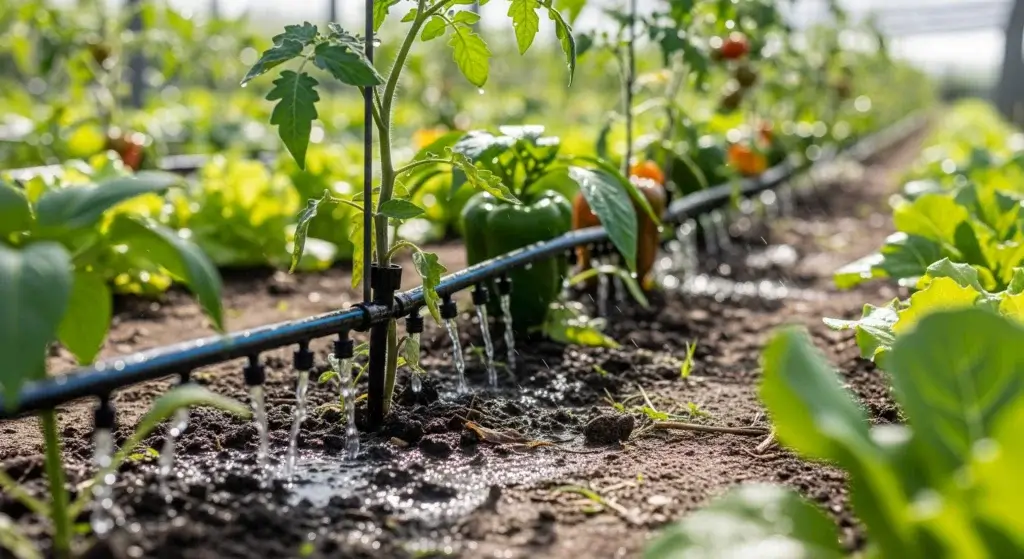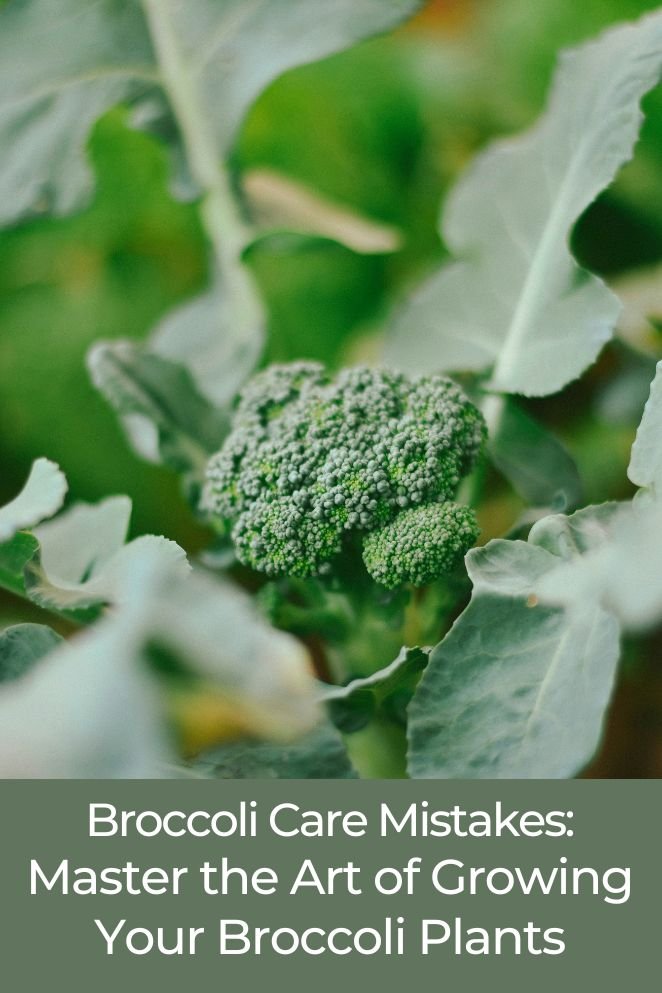
Broccoli is a popular vegetable known for its nutritional benefits and versatility in cooking.
However, growing broccoli can be challenging, as it requires careful attention to avoid common care mistakes.
In this blog post, we’ll discuss common broccoli care mistakes and how to avoid them to ensure a successful harvest.
Common Broccoli Care Mistakes
Watering
Underwatering
When broccoli plants don’t receive sufficient water, they become stressed, hindering their growth and resulting in smaller heads.
This stress can cause wilting, yellowing of leaves, and overall poor health.
Overwatering
Conversely, overwatering can lead to root rot and invite fungal diseases.
Soggy soil deprives roots of oxygen, causing them to suffocate and decay.
This compromises the plant’s ability to absorb nutrients and water, ultimately stunting its growth.
- Read also: Homemade Compost for Growing Broccoli
- Read also: DIY Broccoli Row Covers: Protecting Your Garden with Solutions
Sunshine
Insufficient light
Broccoli thrives in full sunlight, requiring around 6-8 hours of direct sunlight daily for optimal growth.
Without adequate light, plants may stretch towards light sources, resulting in leggy growth and smaller heads.
Excessive shade
Too much shade can lead to spindly plants with undersized florets.
Lack of sunlight hampers photosynthesis, the process crucial for plant growth and development, resulting in weaker, less productive broccoli plants.
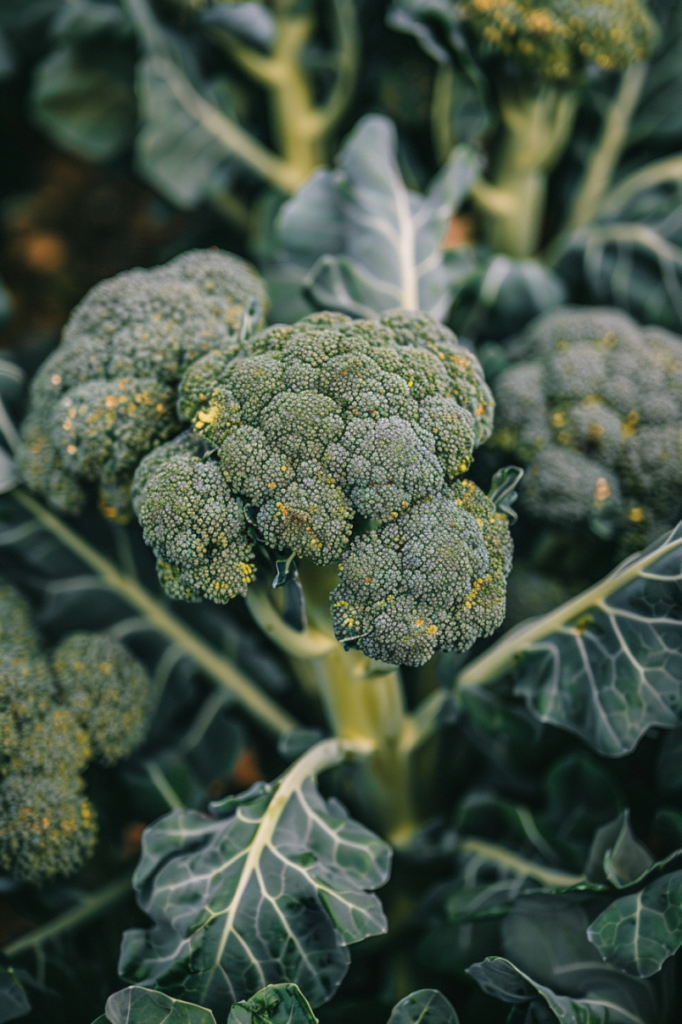
Planting
Spacing issues
Proper spacing between broccoli plants is essential for adequate air circulation and sunlight penetration.
Crowded plants not only compete for resources but also create a conducive environment for diseases to thrive.
Ignoring plant needs
It’s crucial to choose broccoli varieties suited to your climate and plant them at the appropriate time of year.
Failure to do so may result in poor yields or even crop failure due to unfavorable growing conditions.
Nutrient
Skipping fertilization
Providing your broccoli plants with a balanced fertilizer is crucial for fostering healthy growth and encouraging the development of large, robust florets.
A fertilizer rich in nitrogen, phosphorus, and potassium helps replenish essential nutrients in the soil, ensuring optimal plant health and productivity.
Overfertilizing
While fertilization is important, overdoing it can have detrimental effects on your broccoli plants.
Excessive fertilizer application can lead to overly lush, leggy growth with poor head formation.
It’s essential to follow recommended dosage guidelines and avoid overfertilizing, which can disrupt the delicate nutrient balance in the soil and harm plant health.
Harvesting
Harvesting too early
Broccoli heads should be harvested at the right time to ensure optimal flavor and texture.
Harvesting too early, when heads are still immature, can result in smaller, less flavorful florets.
It’s important to wait until the heads are fully developed, firm, and green before harvesting for the best taste and quality.
Harvesting too late
On the flip side, leaving broccoli heads on the plant for too long can lead to undesirable outcomes.
Overripe heads become woody and bitter, diminishing their taste and edibility.
To avoid this, monitor your broccoli plants closely and harvest promptly when the heads reach maturity to enjoy the best flavor and texture.

How to Avoid the Mistakes
To avoid common mistakes when caring for broccoli plants, follow these detailed tips:
Watering correctly
Water deeply but infrequently, allowing the soil to dry out slightly between watering sessions.
Overwatering can lead to root rot, while underwatering can cause stress and hinder growth.
By maintaining proper moisture levels, you ensure healthy root development and overall plant vigor.
Providing enough sunlight
Choose a sunny location in your garden that receives at least 6 hours of direct sunlight per day.
Broccoli plants thrive in full sunlight, essential for photosynthesis and robust growth.
Insufficient sunlight can result in leggy plants with small heads, so ensure your chosen spot receives ample sunshine.
Harvesting at the right time
Harvest broccoli heads when they are fully developed but still firm and green.
Waiting too long can result in overripe, woody heads, while harvesting too early may yield smaller, less flavorful florets.
Monitor your plants closely and harvest promptly when heads reach maturity for the best taste and texture.
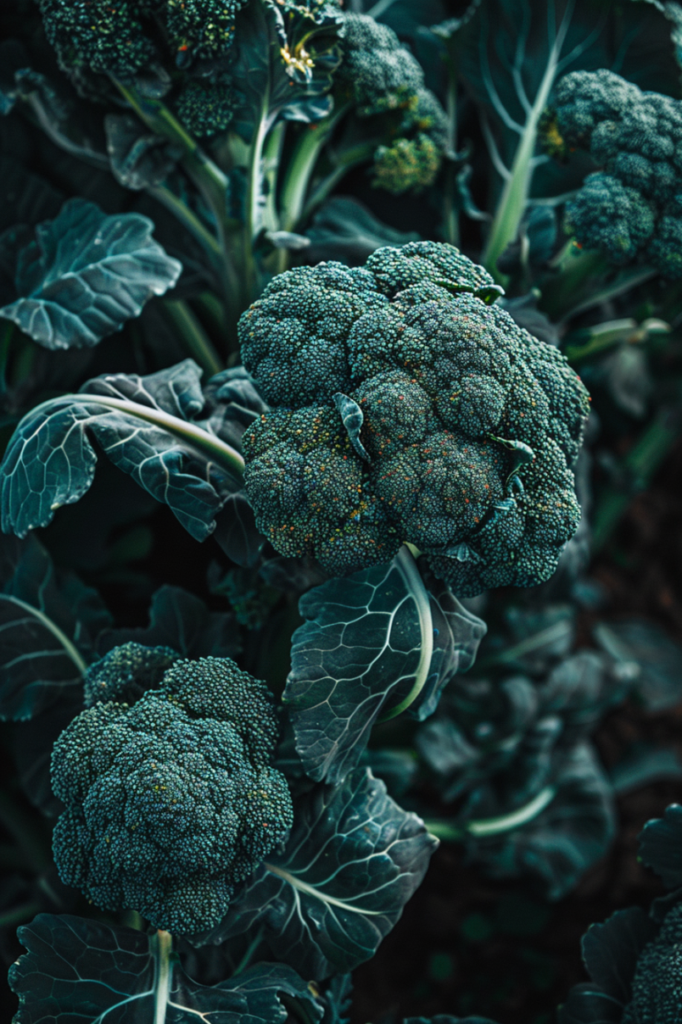
Giving enough space
Space broccoli plants about 18 inches apart to allow for proper growth and airflow.
Crowded plants compete for resources and can become susceptible to diseases.
Adequate spacing promotes healthy development and ensures ample room for each plant to thrive.
Providing proper nutrients
Use a balanced fertilizer to provide the necessary nutrients for broccoli growth.
A fertilizer rich in nitrogen, phosphorus, and potassium supports vigorous plant growth and robust head formation.
Apply fertilizer according to recommended dosages to avoid overfertilization, which can harm plant health.
Testing your soil
Before planting, test your soil to determine its pH and nutrient levels.
Broccoli thrives in slightly acidic soil with a pH range of 6.0 to 7.0. Soil testing helps identify any deficiencies or imbalances, allowing you to amend the soil as needed to create optimal growing conditions for your broccoli plants.
Choosing the right spot
When selecting a spot for your broccoli plants, prioritize a sunny location with well-drained soil.
Avoid areas prone to waterlogging or excessive shade, as these conditions can hinder growth and productivity.
By choosing the right spot, you set your broccoli plants up for success from the start.
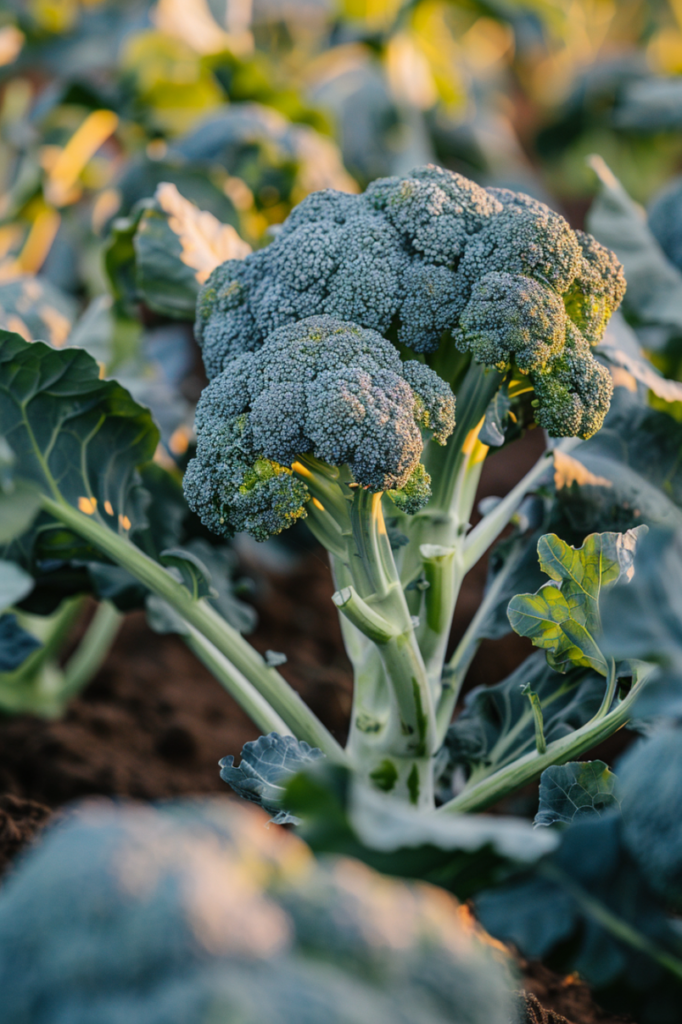
- Read also: Protecting Your Broccoli: Common Broccoli Diseases
- Read also: A Comprehensive Guide: Optimizing Spacing for Broccoli Plants
Conclusion
To achieve a bountiful harvest of nutritious and tasty broccoli, it’s essential to steer clear of common care mistakes.
Ensure success by mastering proper watering techniques, maximizing sunlight exposure, harvesting at the optimal time, spacing plants adequately, and supplying the necessary nutrients.
By adhering to these guidelines, you’ll set the stage for thriving broccoli plants and a rewarding harvest.

